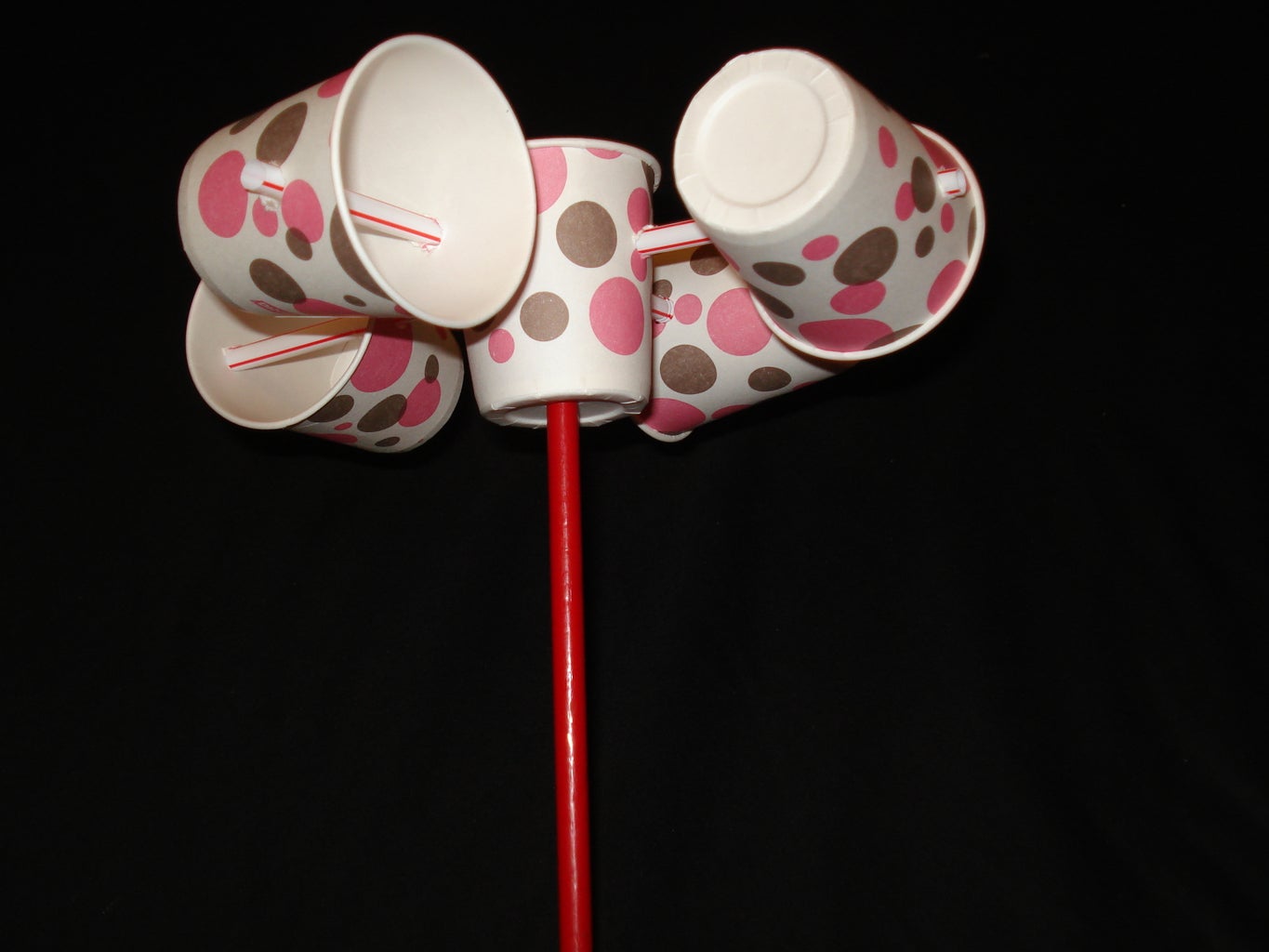Anemometer Innovations: The Current Innovation for Wind Rate Measurement
Anemometer Innovations: The Current Innovation for Wind Rate Measurement
Blog Article
All You Required to Understand About Anemometers: How They Function, Why They Matter, and Where to Make use of Them
Anemometers, though commonly ignored in the world of scientific tools, play a crucial role in numerous fields, using important understandings into wind rate and airflow patterns. Recognizing the mechanics behind these gadgets is essential for any person seeking to harness the power of this data. From meteorologists tracking weather condition patterns to engineers developing frameworks with wind loads in mind, the applications of anemometers are far-reaching and varied. As we delve into the intricacies of anemometer technology, we will certainly uncover the inner workings of these gadgets, their importance, and the key considerations when picking the best anemometer for specific applications.

Anemometer Essentials
A crucial tool made use of to determine wind rate and instructions, the anemometer plays an essential duty in meteorology and various markets. An anemometer usually consists of three or 4 cups that revolve in the wind, a vane that directs right into the wind, and sensors to track the turnings or motions.
There are numerous types of anemometers available, including mug anemometers, vane anemometers, hot-wire anemometers, and sonic anemometers, each with its unique functions and applications. Cup anemometers are generally used for basic wind rate measurements, while vane anemometers are liked for directional dimensions.
Concepts of Anemometer Procedure
Building on the fundamental understanding of anemometer fundamentals, the concepts of anemometer procedure elucidate the mechanics behind wind rate and instructions measurements. Mug anemometers, for instance, have 3 or even more cups that record the wind, triggering them to spin much faster as the wind rate increases. Hot-wire anemometers count on a warmed cord that cools down as wind passes over it, with the price of cooling determining the wind rate.
Importance of Anemometers
The significance of anemometers in meteorology and different industries can not be overemphasized. Anemometers play a vital function in gauging wind speed and instructions, supplying vital data for climate forecasting, environment research studies, ecological monitoring, and aeronautics operations. Meteorologists count on anemometers to gather precise wind information, assisting them understand weather condition patterns, predict storms, and concern timely cautions to the public. In sectors such as building, farming, renewable resource, and maritime procedures, anemometers are used to enhance procedures, make certain security, and raise performance. For example, wind farm drivers use anemometers to assess wind problems and take full advantage of electricity production from wind generators. In the maritime industry, anemometers help ship navigating by giving real-time wind information to captains, helping them make informed decisions to make sure secure trips. Overall, anemometers are important tools that add dramatically to safety and security, efficiency, and informed decision-making in meteorology and a vast array of markets.
Applications Across Various Industries
Applications of anemometers span throughout diverse sectors, showcasing their adaptability and utility past meteorology. In the renewable resource industry, anemometers play a vital function in assessing wind problems for wind farm positionings, making sure optimal power production. Industries like building and mining utilize anemometers to check wind speeds, critical for security protocols, particularly when operating at elevations or in open-pit mines where strong winds can posture dangers. Anemometers are also important in the air travel sector, helping why not look here pilots in recognizing airspeed and wind instructions for safe take-offs and landings. The maritime field take advantage of anemometers for ship navigating, aiding sailors expect climate changes and change paths as necessary. In agriculture, anemometers help farmers in taking care of crop spraying by supplying real-time data on wind speed to avoid drift. Furthermore, anemometers locate applications in heating and cooling systems to maximize air movement and enhance power efficiency in buildings. The varied usage instances of anemometers emphasize their importance across various industries, highlighting their indispensable role in improving operational security why not check here and effectiveness (anemometer).

Choosing the Right Anemometer for Your Requirements
For basic functions, a cup anemometer is suitable for measuring wind rate, while a vane anemometer gives wind instructions data. Hot-wire anemometers are optimal for low airspeed measurements, and ultrasonic anemometers supply high precision and longevity.

Final Thought
In conclusion, anemometers play an important role in gauging wind speed and direction throughout various sectors. Comprehending the principles of anemometer procedure is vital for selecting the ideal gadget for specific requirements. From meteorology to aeronautics, anemometers are important tools for making certain and collecting precise information safety in various applications. When selecting the most ideal device for gauging wind conditions., it is crucial to take into consideration the importance of anemometers in order to make enlightened decisions.
There are numerous kinds of anemometers available, including mug anemometers, vane anemometers, hot-wire anemometers, and sonic anemometers, each with its one-of-a-kind features and applications. Cup anemometers are frequently made use of for standard wind rate measurements, while vane anemometers are preferred for directional measurements. Hot-wire anemometers are suitable for low airspeeds, and sonic anemometers are optimal for high-precision dimensions in study and industrial settings.Building on the foundational understanding of you can try this out anemometer basics, the principles of anemometer operation elucidate the mechanics behind wind speed and direction measurements. For general purposes, a cup anemometer is suitable for measuring wind speed, while a vane anemometer provides wind direction information.
Report this page